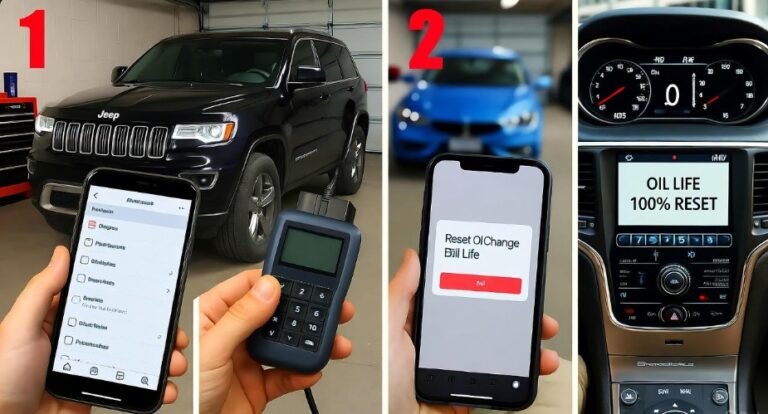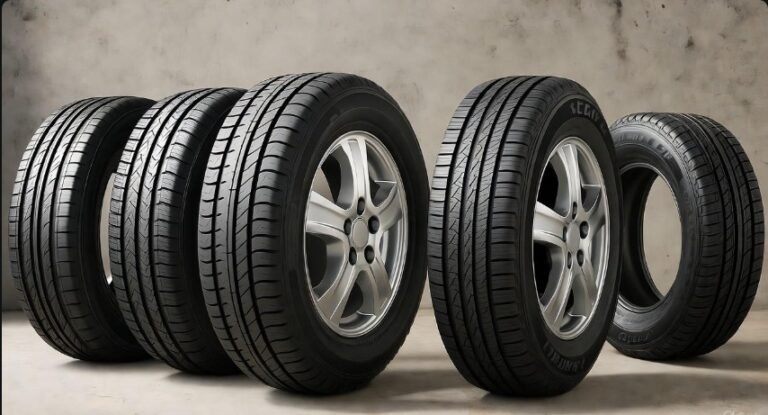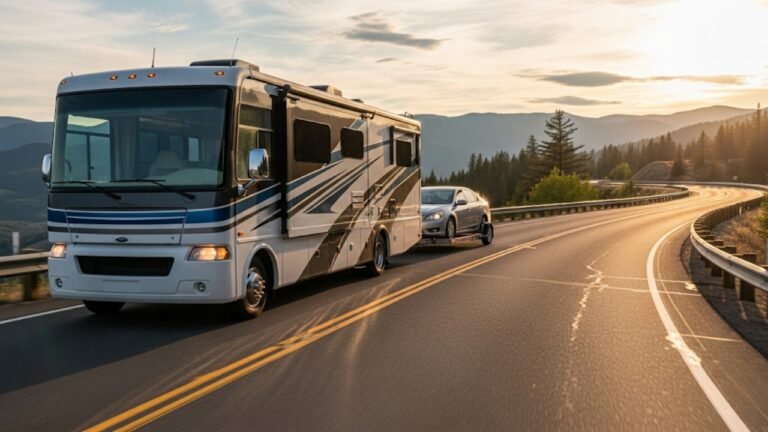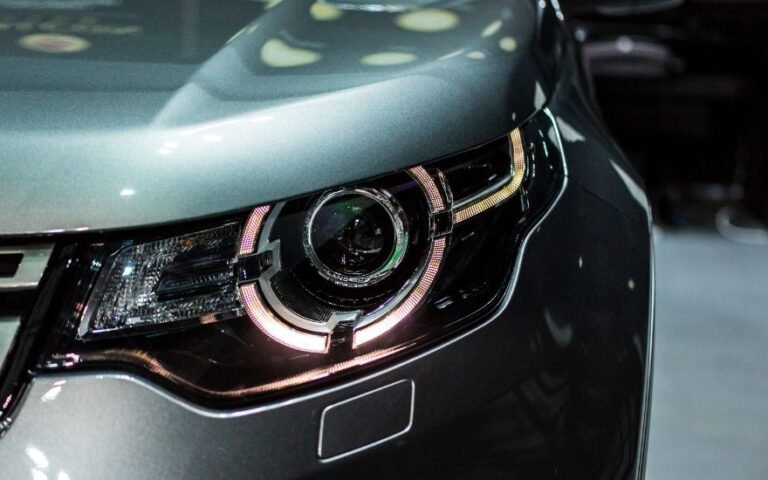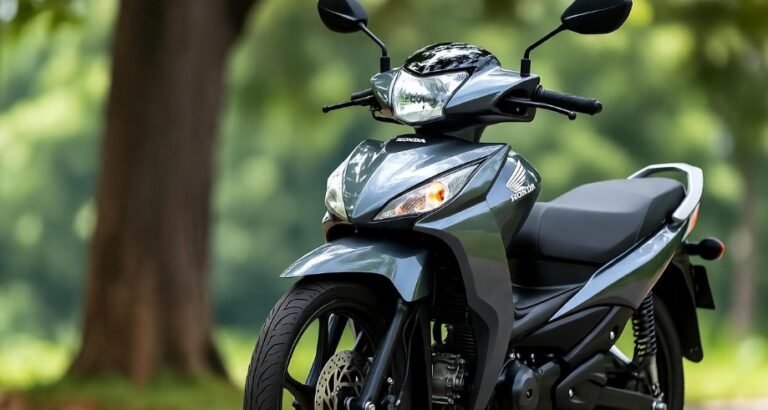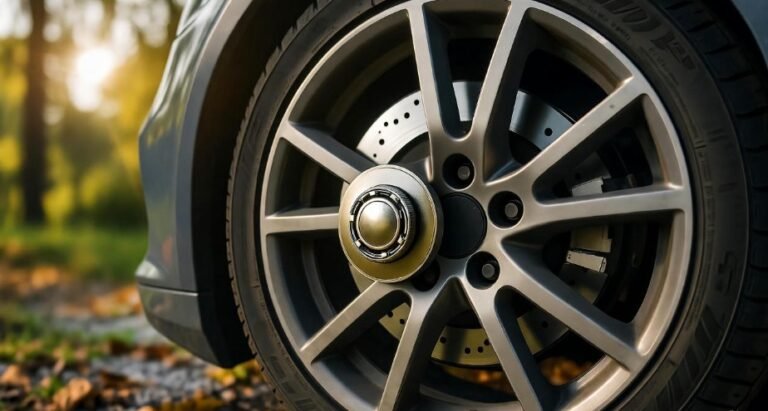Royal Enfield Disc Brake Caliper Price
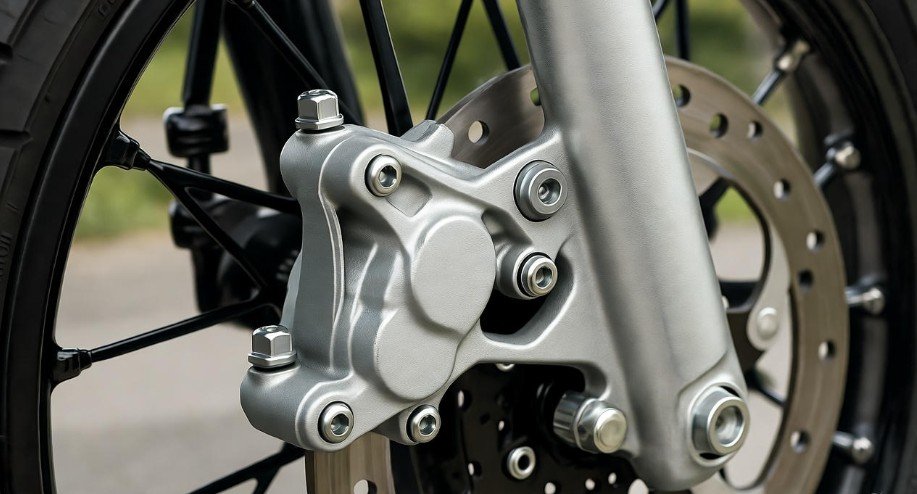
The Royal Enfield disc brake caliper price can range from $20 to over $100, depending on the specific model, whether it’s an original equipment (OE) part or aftermarket, and where you purchase it. It’s crucial to ensure compatibility and consider replacement versus repair for optimal braking performance and safety.
Key Takeaways
Identify your Royal Enfield model for accurate pricing.
Expect caliper prices between $20 and $100+.
OE parts are generally pricier than aftermarket options.
Consider replacement if internal damage is present.
Always prioritize safety and proper fitment.
Shop around for the best value and reliability.
Your Royal Enfield motorcycle is a piece of engineering art, and its braking system is paramount to your safety and riding pleasure. Among the key components are the disc brake calipers. If you’re wondering about the “Royal Enfield disc brake caliper price,” you’re taking a smart step in understanding your bike’s maintenance needs. This guide will demystify the costs, factors influencing them, and what you need to know to make an informed decision.
Brakes are the unsung heroes of every ride. They handle the critical task of slowing down and stopping your machine, ensuring you can navigate traffic, corners, and unexpected situations with confidence. A properly functioning disc brake caliper is essential for this. Over time, these components can wear out or suffer damage, leading to a need for replacement. Understanding the potential cost involved is part of responsible motorcycle ownership.
We’ll break down the typical price ranges, explore why they vary, and offer tips on finding the best options for your specific Royal Enfield model. Let’s get your brakes in top shape!
Understanding Your Royal Enfield Disc Brake Caliper
Before diving into prices, it’s helpful to understand what a disc brake caliper actually does. The caliper is the part that clamps down on the brake disc (rotor) when you apply the brake lever or pedal. Inside the caliper are one or more pistons. When fluid pressure from the master cylinder is applied, these pistons push the brake pads against the rotor. This friction is what slows your motorcycle down.
There are several types of calipers, but for most Royal Enfield models, you’ll encounter floating calipers or fixed calipers. Most modern Royal Enfields, including popular models like the Classic 350, Meteor 350, and Himalayan, commonly use a floating caliper design. This design is generally more cost-effective and simpler to maintain.
The caliper itself is typically made of aluminum or cast iron. It houses the brake pistons and seals, and it mounts to the motorcycle’s front or rear suspension fork or swingarm. Its condition directly impacts brake performance. Any signs of leaks, sticky pistons, or physical damage mean it’s time to consider a replacement.
Factors Affecting Royal Enfield Disc Brake Caliper Price
The cost of a Royal Enfield disc brake caliper isn’t a single fixed number. Several factors play a significant role in the final price you’ll see:
- Motorcycle Model and Year: Different Royal Enfield models use different caliper designs. A caliper for a Classic 350 might not fit a Continental GT 650. Older models might have fewer readily available OE parts, potentially increasing costs or leading to aftermarket solutions.
- Original Equipment (OE) vs. Aftermarket: OE parts are made by or for Royal Enfield. They are guaranteed to fit and meet the manufacturer’s specifications, but they usually come with a higher price tag. Aftermarket calipers are made by third-party manufacturers. They can be significantly cheaper, but quality can vary.
- Brand Reputation: For aftermarket parts, reputable brands often charge more for their quality control, materials, and warranty. Less-known brands might be cheaper but could compromise on durability or performance.
- Material and Construction: Some calipers are made from lighter, more robust materials (like forged aluminum) which can increase the cost. Standard cast iron or aluminum calipers are generally more affordable.
- Completeness of the Part: Some listings might be for the caliper body only, while others might include pistons, seals, or even brake pads. Ensure you know exactly what’s included to compare prices accurately.
- Where You Buy: Prices can differ between official Royal Enfield dealerships, independent motorcycle repair shops, and online retailers. Online stores, especially those specializing in parts, often offer competitive pricing.
- Region: While we’re focusing on the U.S. market, shipping costs and local market demand can subtly influence prices.
Typical Royal Enfield Disc Brake Caliper Price Range
Based on current market research for the USA, here’s an estimated breakdown of Royal Enfield disc brake caliper prices:
| Part Type / Source | Estimated Price Range (USD) | Notes |
|---|---|---|
| OE Caliper (Front/Rear) | $60 – $150+ | Genuine Royal Enfield part, highest quality and fitment guarantee. |
| Aftermarket Caliper (Reputable Brand) | $40 – $100 | Good quality, often a good balance of price and performance. Examples include brands known for brake components. |
| Aftermarket Caliper (Budget Brand) | $20 – $60 | Lowest cost option, quality and longevity may vary. Best for less critical applications or if on a tight budget. |
| Caliper Rebuild Kit (Pistons, Seals) | $25 – $75 | For repairing an existing caliper, not a full caliper replacement. |
These are general estimates. For example, a specific front caliper assembly for a newer Royal Enfield 650 Twin might be on the higher end, while a rear caliper for an older Classic 350 might be more affordable. It’s always best to get a precise quote for your specific model.
When to Replace Your Royal Enfield Brake Caliper
Sometimes, the issues with your brakes aren’t solved by just replacing the pads. Here are signs that your caliper might need attention or replacement:
- Brake Fluid Leaks: If you see brake fluid leaking around the caliper body or near the pistons, it indicates a seal failure. The caliper needs immediate attention.
- Sticky or Seized Pistons: If one or more pistons in the caliper are not retracting properly, it can cause the brake to drag, overheat, or lead to uneven pad wear.
- Corrosion and Damage: Significant rust, deep pitting, or physical damage to the caliper housing can compromise its integrity and function.
- Inconsistent Braking: If you experience a spongy brake lever, reduced stopping power, or an uneven feel that new pads and fluid don’t fix, the caliper could be the culprit.
- Uneven Brake Pad Wear: If one brake pad wears out much faster than the other on the same wheel, it often points to a problem with the caliper’s pistons not applying or retracting evenly.
In many cases, a caliper can be rebuilt using a caliper repair kit, which includes new seals and sometimes new pistons. This is often a more economical choice than buying a whole new caliper. However, if the caliper body is severely damaged or corroded, replacement is usually the safer and more effective option.
Where to Buy Royal Enfield Disc Brake Calipers
Finding the right caliper at a fair price is key. Here are the most common places to source parts:
- Official Royal Enfield Dealerships:
- Pros: Guaranteed OE parts, expert advice, direct support.
- Cons: Often the most expensive option.
- Reputable Online Motorcycle Parts Retailers:
- Pros: Wide selection of OE and aftermarket parts, competitive pricing, convenience. Look for sites specializing in Royal Enfield or universal motorcycle parts.
- Cons: Need to be sure of compatibility; returning parts can sometimes be a hassle.
- Independent Motorcycle Repair Shops:
- Pros: Can often source parts for you, provide installation services, and offer expert advice.
- Cons: Pricing can vary; might have preferred brands.
- Online Marketplaces (e.g., eBay, Amazon):
- Pros: Potentially the lowest prices, especially for lesser-known aftermarket brands.
- Cons: Quality can be highly variable; authenticity of OE parts can be questionable; customer support may be limited. Buyer beware is often the motto here.
When purchasing online, always verify the part number or compatibility with your specific Royal Enfield model and year. Many websites have a “fitment guide” or “parts finder” tool to help you. For instance, if you’re looking for a caliper for a Royal Enfield Meteor 350, ensure the part is listed as compatible with that exact model.
Choosing Between OE and Aftermarket Parts
This is a common dilemma for many riders. Here’s a breakdown to help you decide:
Original Equipment (OE) Parts
Pros:
- Guaranteed fit and function.
- Manufactured to Royal Enfield’s exact specifications.
- Often come with a reasonable warranty.
- Maintain the motorcycle’s original integrity.
Cons:
- Higher cost.
- Can sometimes be harder to source for older models.
Aftermarket Parts
Pros:
- Often significantly cheaper than OE parts.
- Wider variety of options, including performance upgrades.
- Can sometimes be more readily available.
Cons:
- Quality can vary greatly between brands.
- Fitment might not be as precise as OE.
- Warranty terms can differ.
- May require additional modifications for proper installation (though this is rare for basic components like calipers).
For critical components like brake calipers, many riders opt for OE parts to ensure safety and reliability. However, if you choose an aftermarket option, stick to well-respected brands known for quality in the braking systems industry. Brands like Brembo, Nissin (often supplied OE by many manufacturers), or EBC often offer high-quality aftermarket brake components.
DIY Replacement vs. Professional Installation
Performing a brake caliper replacement can be a rewarding DIY project for the mechanically inclined. However, if you’re not comfortable with brake systems, it’s always best to have a professional mechanic handle it. Improper installation can lead to serious safety issues.
DIY Considerations:
- Tools: You’ll need a comprehensive set of wrenches and sockets, caliper piston tool, torque wrench, brake fluid, and a bleed kit. A service manual for your specific Royal Enfield model is invaluable.
- Process: This typically involves removing the wheel, unbolting the old caliper, installing the new one, reconnecting brake lines, and thoroughly bleeding the brake system to remove air.
- Safety: Ensure the motorcycle is properly supported on a stand. Dispose of old brake fluid responsibly.
Professional Installation:
- Cost: Labor costs can add anywhere from $50 to $150+ to the total price, depending on the shop and location.
- Benefits: Peace of mind knowing the job is done correctly by experienced technicians. They have access to specialized tools and diagnostic equipment.
- Where: Your local Royal Enfield dealership or a trusted independent motorcycle mechanic.
When getting a quote from a mechanic, ask if they use OE or aftermarket parts and if the price includes the caliper, labor, and brake fluid. This will give you a complete picture of the “Royal Enfield disc brake caliper price” including service.
Pro Tips
Pro Tip: Before purchasing a new caliper, check if your current caliper can be rebuilt. Often, replacing the seals and pistons is a much cheaper and equally effective solution, especially if the caliper body is in good condition.
Maintaining Your Brake Calipers for Longevity
To extend the life of your brake calipers and ensure optimal performance, regular maintenance is key:
- Regular Cleaning: Wash your motorcycle regularly, paying attention to cleaning the wheels and brake components. This helps remove dirt and debris that can accelerate wear.
- Brake Fluid Flushes: Follow Royal Enfield’s recommended maintenance schedule for flushing and replacing your brake fluid. Old fluid can absorb moisture, leading to corrosion within the brake system, including the calipers. The U.S. Department of Transportation’s National Highway Traffic Safety Administration (NHTSA) recommends inspecting brake fluid levels and condition regularly.
- Inspect Brake Pads: When you inspect your brake pads, also check the caliper pistons for any signs of corrosion or damage. Clean them gently if needed.
- Lubricate Caliper Pins: If your caliper is a floating type, ensure the slide pins are clean and lubricated. This allows the caliper to move freely, ensuring even brake pad application and retraction.
- Listen to Your Brakes: Pay attention to any unusual noises, such as squealing, grinding, or clicking, which can indicate a problem with the brake pads, rotors, or calipers.
Frequently Asked Questions (FAQs)
Q1: How often should I replace my Royal Enfield brake caliper?
A: Brake calipers are durable components and don’t have a fixed replacement interval like brake pads or fluid. They should be replaced only when they are damaged, begin to leak brake fluid, or if the pistons become seized and cannot be repaired.
Q2: Can I use a caliper from a different motorcycle brand on my Royal Enfield?
A: Generally, no. Brake caliper mounting points, piston sizes, and fluid line connections are specific to the motorcycle model and manufacturer. Using an incompatible caliper can be dangerous and will not function correctly.
Q3: Is it cheaper to buy a Royal Enfield caliper online or from a dealership?
A: Online retailers often offer more competitive pricing than dealerships for both OE and aftermarket parts due to lower overhead. However, always factor in shipping costs and ensure the seller is reputable.
Q4: Do I need to replace both front and rear brake calipers at the same time?
A: No, you only need to replace the caliper that is failing. However, it’s good practice to ensure both front and rear brake systems are in good working order for balanced stopping power.
Q5: What does it mean if my brake lever feels spongy?
A: A spongy brake lever usually indicates air in the brake lines or worn brake pads. If replacing pads and bleeding the system doesn’t fix it, the caliper seals might be failing, allowing air or fluid to leak.
Q6: Are there performance upgrade calipers for Royal Enfields?
A: Yes, some aftermarket companies offer performance calipers, often with more pistons or made from lighter materials, designed to improve braking feel and power. These can be significantly more expensive than standard replacements.
Conclusion
Understanding the “Royal Enfield disc brake caliper price” is an essential part of maintaining your motorcycle’s safety and performance. Whether you opt for an original equipment part from a dealership or a quality aftermarket option from a trusted online retailer, the cost typically ranges from $20 to over $150. The key is to identify the correct caliper for your specific Royal Enfield model, consider the reputation of the brand, and ensure you’re purchasing from a reliable source.
Don’t overlook the importance of your braking system. A well-functioning caliper ensures you can stop safely and confidently. By weighing the options between OE and aftermarket, and deciding whether to tackle the job yourself or seek professional help, you can make an informed decision that keeps your Royal Enfield running beautifully and safely on the roads of America.

